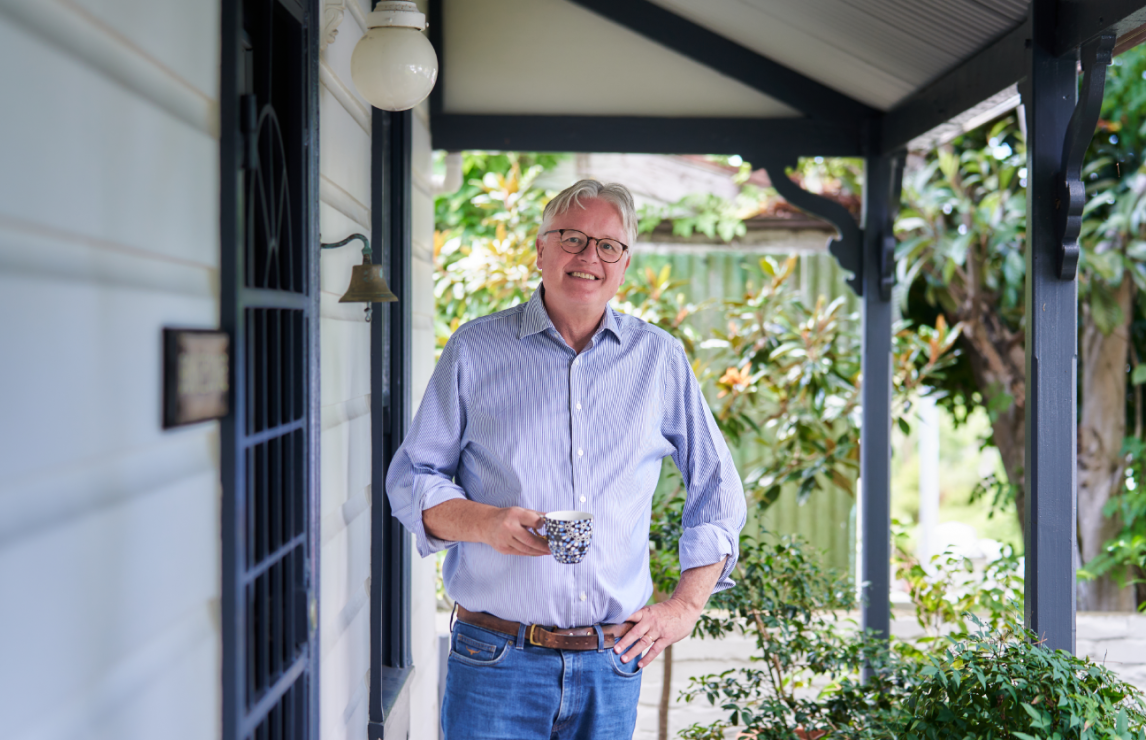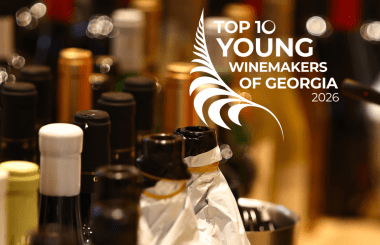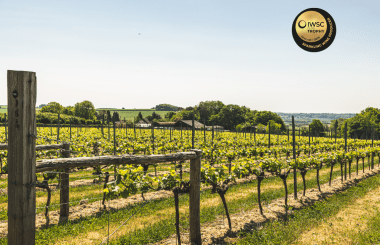Andrew Caillard MW: Australian old vines deserve a trophy
Writer, author of The Australian Ark – a 3-volume history of the country’s wine industry, consultant, wine auctioneer and painter, Master of Wine Andrew Caillard wears many hats. Above all, he is known to the global trade as one of the most authoritative wine experts in Australia.
Andrew has recently held a masterclass on Australian old vines in London. Remarkably, two out of seven wines showcased at the masterclass came from Margaret River – once again proving not only the region’s vine heritage but also the quality of liquid.
In June 2024, Andrew Caillard MW will be joining the judging team at the IWSC's Global Wine Judging in Margaret River. We caught up with Andrew on Western Australian vine heritage, the importance of the IWSC Old Vine Trophy and his expectations ahead of the upcoming judging.
Australia is not necessarily perceived by wide trade or consumers as an old vine country. When you think of old vines, which Australian regions come to your mind first and where does Western Australia stand from the old vines point of view?
The region that's got the most prolific surviving plantings of all vine materials is Barossa Valley. But of course, there are many other areas that also have vines that go back to the mid to late 19th century. As for Western Australia, grape vines were planted here in 1829. In terms of surviving vine stock material, there's a tiny amount that's from the 1890s in the Swan Valley. And there's some material from the early 1900s, 1920s and 1930s.
But what's very interesting about Western Australia is the origin of the vine stock, especially two particular clones. One is the Houghton clone – the foundation of Margaret River Cabernet Sauvignon. Now, the Department of Agriculture of Western Australia always says that this clone comes from the Cape Colony. But through my research, I have very good evidence to prove that it comes from the east coast of Australia. It’s the original vine stock brought into Australia in 1837, and it is said to have come from Château Lafite.
And the other clone is Gingin – the clone behind Margaret River’s Chardonnay. Gingin was brought into Western Australia in the 1950s. This vine stock material came from Davis University – and they sourced it from the vine stock that has a provenance traced back to the Wente vineyards in the Livermore Valley, and all the way back to Meursault. Indeed, there are similarities between Meursault and Margaret River Chardonnay. They both have that lovely, creamy kind of volume that is mitigated by that al-dente grip.
Another observation is that because of the quarantine laws in Western Australia, South Australia and Tasmania, we never had phylloxera in these parts of the country. So we have this enormous amount of genetic pool of 19th-century vine stock material. I always remember coming into London and some wine experts claiming that pre-phylloxera Bordeaux always tasted better, but, you know what - Australians drink pre-phylloxera wine on a daily basis! And it's absolutely fantastic.
What do you think can be done to communicate to the world that Australia is the homeland of many heritage vineyards? Do you think taking part in the IWSC Old Vine Trophy can help Australian producers spread awareness of their old vines?
One of the reasons why I wrote the Australian Ark, the story of Australian wine from 1788, to the present day, is really to be able to show the world that there's so much more to Australian wine than people think.
It is great that the IWSC is helping raise awareness of the old vine heritage across the world through its Old Vine Trophy. This is the opportunity, and it's a great opportunity, for us to really promote Australia's old vines and its vine heritage because it's phenomenal.
Last year the IWSC Old Vine Trophy was awarded to a Margaret River producer, Cape Mentelle – definitely proof of Australia’s phenomenal old vine heritage.
There's a lot of discussion on whether old vines make better wine than younger vines. But we do know that with the age of the vine, the quality of the wine improves. You get more value, more volume, more richness on the palate, and everything seems to work better.
But the thing is, if you look at the story of the old vines, the ambition behind it and the very fact that they've survived – just that alone is remarkable. And their lifecycle often goes beyond our human lifecycle. When you're drinking a wine that was planted 10 years after Queen Victoria ascended to the throne - that is amazing!
So I think what the IWSC doing is great, because we need to establish a value for these vines. They are under threat by not only phylloxera. Urbanisation is the real killer, poor planning, all those kinds of things. So I think it's great to be promoting the old vines and promoting them hard and trying to make them into something that they really are - the trophy that people should aspire to have.
What are your expectations of the upcoming IWSC Global Wine Judging in Margaret River?
Having observed the story of Western Australian wine from the early 1980s, I have been fascinated by the State’s continuing potential and impressed by the development of the singular regional styles. The mainstream wines - including those based on Gingin clone Chardonnay or Houghton clone Cabernet Sauvignon - are often beautiful and resonating. My expectations are high because I know the quality that is being achieved. But of course every competition represents a journey of discovery, regardless of previous experience.
Looking beyond The Old Vine Trophy, why do you think it will be beneficial for Western Australian producers to enter the IWSC's judging in Margaret River?
Medals and awards are always helpful in building reputations, providing critical feedback and generating momentum. At a judging level, impressions will differ from the classical Australian wine show format. This is an opportunity to gather fresh opinions and perspectives while also building recognition for the best of Margaret River and Western Australian wine.
Andrew Caillard's The Australian Ark is available to buy from Académie du Vin Library.



